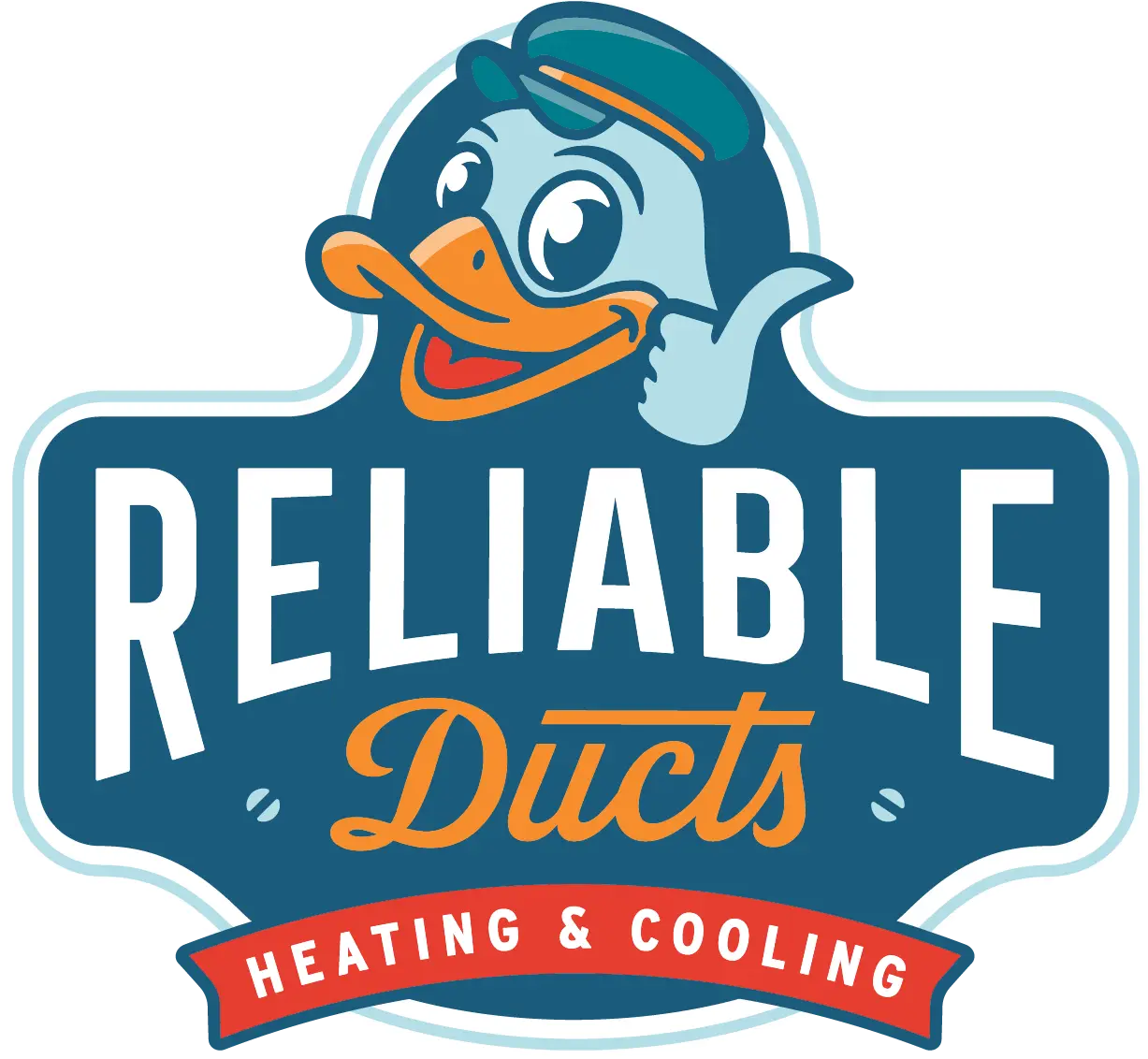In an office HVAC system, which air filter is best?
[vc_row][vc_column][vc_column_text]Maintaining good indoor air quality in an office is essential for the health and productivity of employees. One of the key components in achieving this is selecting the right air filter for your office HVAC system. With numerous options available, it can be challenging to determine which air filter is best suited for your needs. […]
Expert Indoor Air Quality Solutions with Reliable Ducts in Neptune Beach
[vc_row][vc_column][vc_column_text]Unlocking Cleaner Air with Professional HVAC Cleaning in Neptune Beach At Reliable Ducts, we understand the critical importance of maintaining a clean and efficient HVAC system, especially in the unique coastal climate of Neptune Beach. Our tailored HVAC cleaning services are designed to not only improve your system’s efficiency but also enhance the air […]
Enhancing Indoor Air Quality in Neptune Beach with Reliable Ducts
[vc_row][vc_column][vc_column_text]Neptune Beach, nestled along Florida’s picturesque Atlantic coast, offers a delightful blend of beachside charm and community warmth. However, living so close to the ocean can bring specific indoor air quality challenges, from increased humidity that can foster mold growth to salt air that may corrode HVAC systems and introduce particulates into your indoor environment. […]
How Old is Too Old? Understanding the Lifespan of Your Home’s Ductwork
[vc_row][vc_column][vc_column_text]Your home’s comfort hinges on a hidden hero: the ductwork! It silently delivers cool air in summer and warmth in winter. But like all heroes, ductwork ages. This post explores the lifespan of your ductwork and the signs it might be time for a replacement, ensuring your home stays a haven of comfort. Signs […]
Ensure Optimal HVAC Performance in Jacksonville Beach, FL with Reliable Ducts
[vc_row][vc_column][vc_column_text]In the ever-changing weather of Jacksonville Beach, FL, an efficient and reliable HVAC system is crucial for year-round comfort. Regular HVAC maintenance by Reliable Ducts not only ensures your system’s optimal performance but also extends its lifespan, saves on energy costs, and improves indoor air quality. Our preventive maintenance services are designed to identify potential […]
Cool Savings: HVAC Summer Tips for Jacksonville Beach, FL
[vc_row][vc_column][vc_column_text]Summertime in Jacksonville Beach, FL, brings intense heat, making a well-functioning HVAC system essential for comfort. However, keeping your home cool doesn’t have to result in skyrocketing energy bills. Here are some practical HVAC tips to help you stay cool and save money this summer. Regular HVAC Maintenance Schedule Professional Service: Regular HVAC […]
Beat the Heat: Essential HVAC Care for a Cool Summer in Fernandina, Florida
As summer temperatures soar in Fernandina, Florida, keeping your home cool becomes a top priority. Your HVAC system plays a critical role in maintaining indoor comfort, and proper care can make all the difference. Reliable Ducts is here to share essential HVAC care tips to ensure your air conditioning system operates efficiently throughout the hottest […]
Fighting Indoor Air Pollutants with Reliable Ducts in Jacksonville
[vc_row][vc_column][vc_column_text]In the bustling city of Jacksonville, where the heat can be relentless, the quality of your indoor air is crucial for comfort and health. Reliable Ducts is dedicated to ensuring that your indoor environment is free of pollutants with state-of-the-art HVAC solutions. The Role of HVAC in Air Quality Management: An effectively running […]
Elevating Indoor Air Quality in Jacksonville with Reliable Ducts HVAC
[vc_row][vc_column][vc_column_text]In Jacksonville, FL, where urban activity meets coastal weather, maintaining high indoor air quality can be a challenge. From pollutants and allergens to humidity and mold, a range of factors can compromise the air within homes and businesses. Reliable Ducts HVAC Repair specializes in addressing these challenges, offering a suite of services designed to significantly […]
How a Dirty Air Filter Can Damage Your AC
[vc_row][vc_column][vc_column_text]Keeping your air conditioner running smoothly and efficiently is essential during hot summer months. But what if there’s a simple culprit behind sluggish cooling and rising energy bills? This blog post tackles the often-overlooked air filter in your AC unit and explains why regular maintenance is key to a happy (and cool) home. Role of […]
